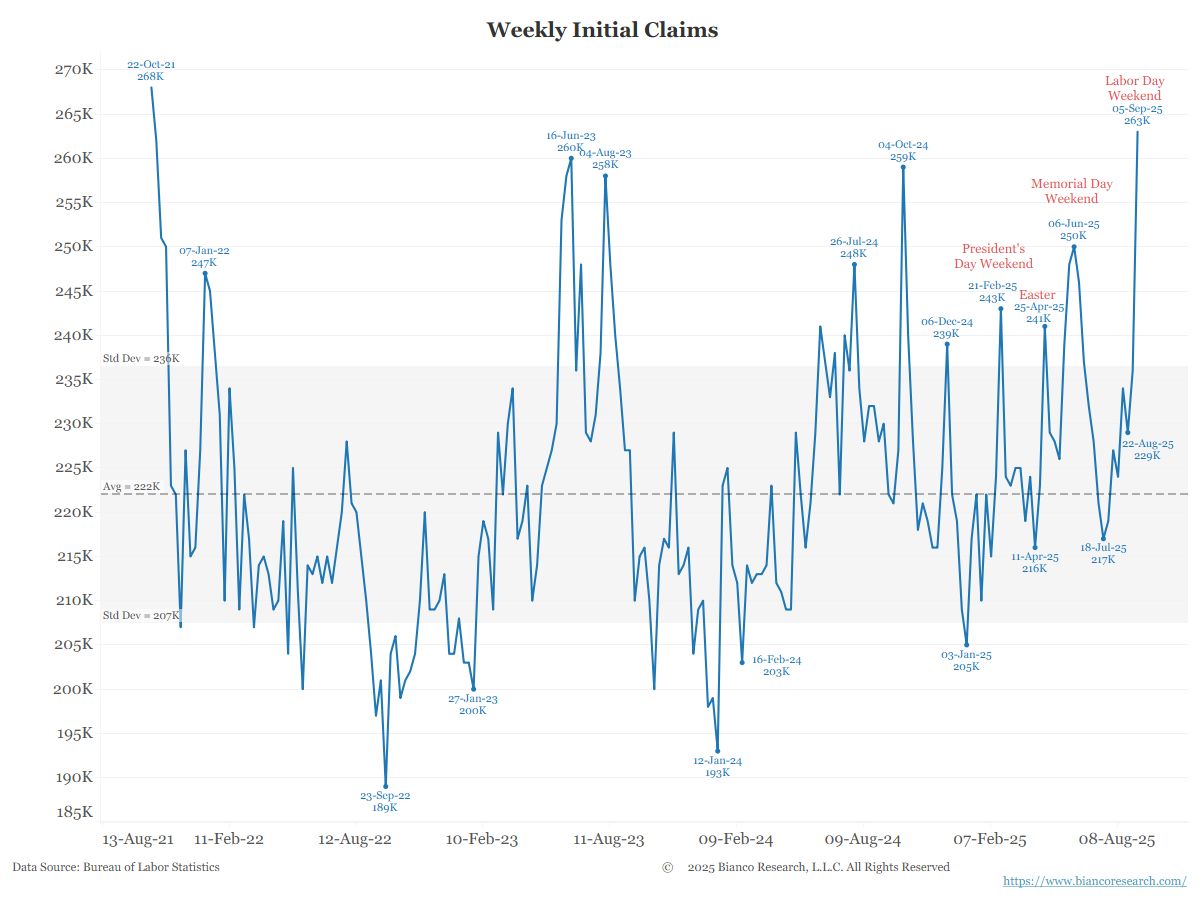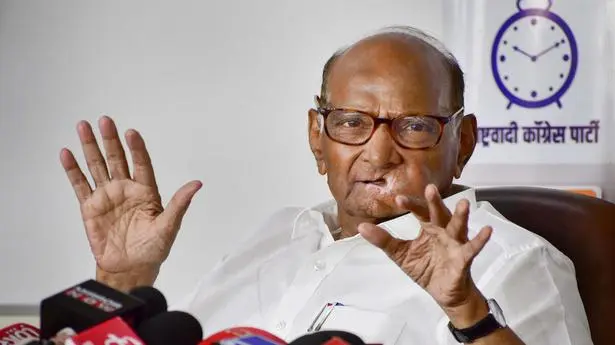Here are some highlights of my weekly reading for the week just passed.
by Kyle D. Fee and Brian A. Mikelbank, Federal Reserve Bank of Cleveland, Community Development Reports, February 23, 2o24.
Excerpt:
Based on our analysis, over 830,000 Ohioans could be at risk of leaving the labor force if only half of drivers with a DRS abided by its terms. That equates to 14.4 percent of the labor force. Metropolitan labor markets would be hit the hardest by the labor force exodus, along with nonmetropolitan areas in southern Ohio. Compared to the nation, Ohio’s new jobs more often require a driver’s license, and the requirement is increasing. It is becoming more common, across almost all sectors, for a driver’s license to be required as a condition of employment. This is particularly so in suburban, exurban, and rural economies, reflecting the mobility challenges present in areas that are not well served by public transit. Furthermore, employer driver’s license requirements tend to be highest in middle- and lower-wage occupations, indicating the importance of a driver’s license to this segment of the workforce while highlighting how a lack of driver’s license can be a barrier to economic mobility for those most at risk of receiving a DRS.
Our analysis suggests that these suspensions, especially when combined with increasing driver’s license requirements, make finding and maintaining employment more difficult for a sizable portion of Ohioans, but that instability also affects the broader economy. Fewer people in the labor force means fewer people to hire and fewer people to produce and consume goods and services.
Note: I posted about this issue back in November 2013. I quoted one of my students who said, “No one benefits from making it more difficult for an individual who owes money to make money.”
by Colin Grabow, Cato at Liberty, April 10, 2024.
Myth 1. U.S. manufacturing has crumbled. Rubio’s call for more muscular government intervention to rebuild domestic manufacturing implies the sector is in dire straits. Rubio twice references the “collapse of American manufacturing,” necessitating what he describes as a “serious effort to rebuild American industry.” But his entire premise is wrong. Domestic manufacturing is doing pretty well.
Whether measured in terms of value‐added or output, US manufacturing is at or not far off from record highs. The United States accounts for a greater share of global manufacturing output than any country save China, with more output than Germany, India, Japan, and South Korea combined. US manufactured goods exports in 2022 totaled nearly $1.6 trillion, including tens of billions worth each of autos, medical instruments, integrated circuits, and aerospace. In 2021, the United States was the world’s fourth‐largest steel producer, second‐largest automaker, and largest aerospace exporter.
by Edward McSpedon, Wall Street Journal, April 5, 2024 (gated)
Excerpt:
An objective look at the required engineering feat reveals many reasons for optimism. The approach structures—the elevated roadways on each side of the main ship channel, which carry traffic over water to the center span of the bridge—appear to have suffered little damage. Even the column that the ship struck directly might be able to be rebuilt using some or all of its existing foundation.
The part of the bridge that was most severely affected was the 1,200-foot-long main-span superstructure. This is the structural-steel “truss” carrying the roadway high above the water in the center of the ship channel. This “clear span” eliminates the need for underlying support columns that would interfere with navigation. The component parts of the damaged steel truss can be quickly replicated using the design information that is already available from the current bridge. These subcomponents can then be prefabricated into large subassembly units off site, on land or in a dry dock.
Notice that the title the Journal gave it says that it shouldn’t take long, not that it won’t take long.
The pic above is of Marco Rubio.















.web.webp?w=1200&auto=format%2Ccompress&ogImage=true)